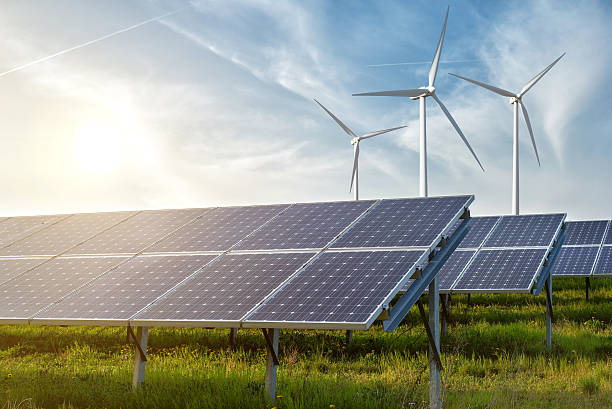
FAQ About Clean Energy
Clean Energy
2 years ago | gizem
What are some challenges in scaling up clean energy infrastructure?
Scaling up clean energy infrastructure presents several challenges that need to be addressed to accelerate the transition to a sustainable and low-carbon energy system. Some of the key challenges include:
- Cost and Financing: Clean energy projects, especially in the early stages, may have higher upfront costs compared to conventional fossil fuel-based projects. Securing financing and investment for large-scale clean energy infrastructure can be challenging, although costs have been declining as technology advances and economies of scale improve.
- Grid Integration: Integrating large amounts of clean energy into the existing electricity grid can be complex. The variability of some renewable energy sources, such as solar and wind, requires upgrades to the grid infrastructure and energy storage solutions to maintain grid stability and balance supply with demand.
- Land Use and Siting: Large-scale clean energy projects, such as solar and wind farms, require significant land use. Identifying suitable sites and addressing potential conflicts with existing land uses or environmental concerns can be a challenge.
- Permitting and Regulatory Hurdles: The regulatory approval process for clean energy projects can be lengthy and cumbersome. Streamlining and expediting permitting procedures are necessary to facilitate faster project deployment.
- Supply Chain Constraints: Scaling up clean energy infrastructure increases demand for raw materials and components, such as solar panels, wind turbines, and batteries. Ensuring a reliable and sustainable supply chain is essential to avoid potential bottlenecks.
- Infrastructure Development: Building the necessary infrastructure to support clean energy deployment, such as charging stations for electric vehicles or transmission lines for renewable energy, requires significant investment and planning.
- Technological Advancements: Advancements in clean energy technologies are essential to improve efficiency, reduce costs, and enhance overall performance. Research and development efforts are necessary to drive innovation and deployment of cutting-edge technologies.
- Energy Storage: The development of cost-effective energy storage solutions is critical for balancing variable renewable energy generation and ensuring a reliable and resilient energy supply.
- Public Acceptance and NIMBYism: Local opposition and public acceptance can be significant challenges for clean energy projects. Community engagement and education are essential to address concerns and gain support for clean energy infrastructure.
- Policy and Regulatory Framework: Clear and supportive policy frameworks, including incentives, subsidies, and carbon pricing mechanisms, are essential to create a favorable investment environment for clean energy projects.
- Interconnection and Transmission: Scaling up clean energy may require new transmission lines and interconnection infrastructure to transport electricity from remote renewable energy-rich areas to demand centers.
